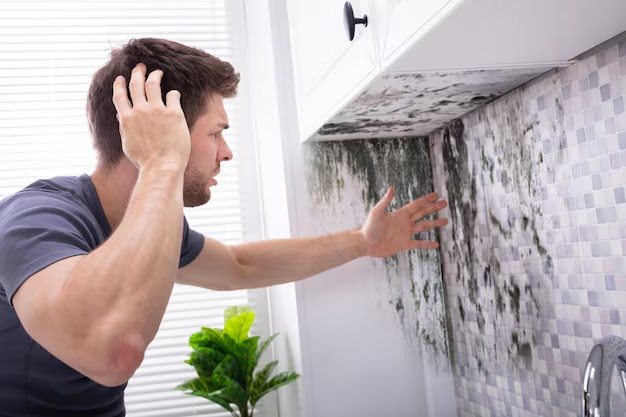Water Damage & Mold: Safeguard Your Home Now
Water damage and mold are pervasive issues that can have devastating effects on homes and property. Mold thrives in damp environments, leading to health risks and structural damage when left unattended. Understanding the intricacies of water damage and mold is essential for homeowners and potential buyers alike, as awareness is the first step toward prevention and remediation.
In this article, we will delve into the causes of water damage in homes, the subsequent growth of mold, and effective strategies for prevention. This informative guide will provide valuable insights and practical advice that can assist you in navigating these challenges successfully.
Understanding Water Damage and Mold Concerns
Water damage is often more than just a minor inconvenience; it can lead to severe consequences for both health and property value.
Key Factors to Consider
Health Risks: Prolonged mold exposure can lead to respiratory issues, allergies, and other health complications.
Structural Integrity: Water damage can weaken the foundation of your home, leading to costly repairs over time.
Financial Burden: The expenses associated with water damage and mold remediation can add up quickly, leading to financial strain.
Pest Infestation: Damp environments invite pests such as termites that can further compromise your home’s structure.
Decreased Property Value: A history of water damage and mold issues can deter potential buyers and significantly decrease property value.
Legal Liability: If someone gets injured due to mold or water damage in your property, you might face legal consequences.
Insurance Complications: Many insurance policies do not cover mold damage unless specific protocols are followed.
Emotional Stress: Dealing with water damage and mold can be emotionally draining, affecting your overall well-being.
Water Damage and Mold: A Dangerous Duo
Water damage creates the perfect breeding ground for mold, turning a minor leak into a major problem.
Understanding the Connection
Humidity Levels: High humidity levels, often due to water damage, can encourage mold growth in as little as 24-48 hours.
Hidden Water Sources: Water may seep into hidden areas like walls, leading to mold growth behind surfaces.
Temperature Control: Mold thrives in temperatures between 77°F and 86°F, making climate control essential.
Material Composition: Organic materials like wood, drywall, and carpet can feed mold, exacerbating the issue.
Poor Ventilation: Inadequate airflow can trap moisture, promoting mold proliferation.
Water Contamination: Floodwaters often carry contaminants, heightening health risks associated with mold exposure.
Ongoing Maintenance: Regular inspections can help identify potential water damage before it leads to mold issues.
Professional Intervention: Engaging professionals for mold assessment can prevent extensive damage.
Causes of Water Damage in Homes
Identifying the causes of water damage in homes is crucial for implementing effective prevention strategies.
Common Causes to Watch For
Leaky Roofs: Roof leaks can lead to significant water damage over time, especially during heavy rains.
Broken Pipes: A burst pipe can release gallons of water quickly, leading to catastrophic damage.
Poor Drainage: Inadequate drainage systems can cause water to pool around the foundation.
Flooding: Natural disasters, such as floods, can overwhelm homes and lead to extensive water damage.
Appliance Failures: Washing machines, dishwashers, and water heaters can leak, causing hidden water issues.
Clogged Gutters: Blocked gutters can lead to overflow, allowing water to seep into the home.
Groundwater Issues: High water tables can lead to basement flooding, especially in heavy rain.
Condensation Problems: Poor insulation and high humidity can lead to condensation, contributing to water damage.
Safeguarding Your Home from Water Damage
Understanding water damage and mold is crucial for maintaining a safe and healthy living environment. By learning about the causes of water damage in homes and recognizing the signs of mold growth, homeowners can take proactive measures to protect their property. Regular maintenance, immediate attention to leaks, and professional assessments can mitigate the risks associated with water damage and mold.
For more insights on how to keep your home safe from these issues, visit Dangers of Mold.




Comments
Post a Comment